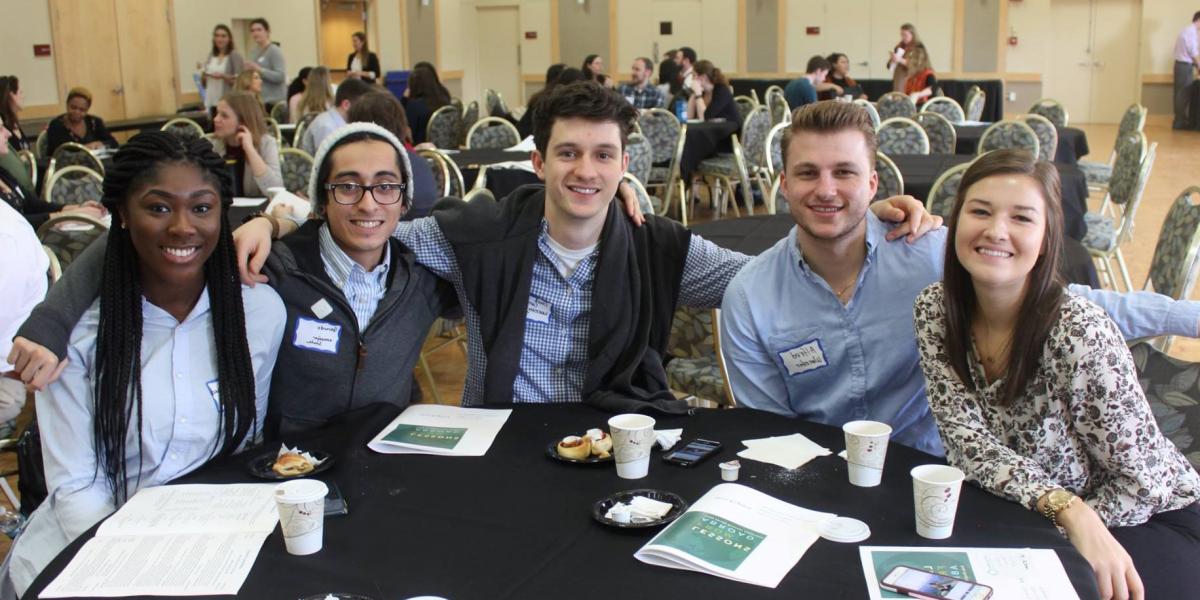Reframing the Reentry Experience

Ask a student to describe a recent study abroad experience, and several common adjectives may pepper the response: “It was awesome!” “Life-changing!” “Wonderful!”
While education abroad professionals appreciate students’ enthusiasm, they also want learners to dig deeper. How did study abroad transform how the student thinks about the world? How might those new perspectives influence the student’s course of study, interpersonal relationships, or career plans?
Reentry programming can help students discover those deeper connections, supporting students as they process their emotions and perspectives after their time abroad and transition back into life on their home campus.
Perhaps more importantly, reentry programming encourages learners to reflect on their study abroad journeys and integrate lessons they learned into their daily experiences. While most institutions have reentry programs that include debriefing sessions and resources to help students adjust to reverse culture shock, here is a quick look at a few approaches that education abroad professionals can take to leverage reentry programs and serve students in different ways.
Use Constructive Coursework
Study abroad “is a really intense emotional experience,” says Tracy Rundstrom Williams, associate director of the Center for International Studies at Texas Christian University (TCU). In both a two-credit academic course she teaches and in less formal settings, Williams uses guided reflections to help students unpack the meaning of those experiences.
“If we want to showcase that students [studying abroad] are doing more than just traveling, then we need to help them articulate that,” Williams says. Reentry courses must push students to go














